
Why Is Composable Commerce Taking Over?
 2 min
2 min
Why Is Composable Commerce Taking Over?
Composable commerce isn’t just a trend — it’s becoming the new standard for building flexible, scalable eCommerce platforms. And for good reason.
Traditional eCommerce systems were built as all-in-one solutions: everything from inventory to payments to marketing tools bundled into a single structure. That might work at first, but once your business starts to grow, these systems reveal their biggest weakness — rigidity.
- Need to launch a new feature fast? You’re forced to touch half the system just to make one change.
- Trying to scale for seasonal traffic spikes? Good luck optimizing performance without overhauling the entire backend.
- Want to integrate a new tool or experiment with personalization? You're limited by the platform’s built-in capabilities.
This slows teams down, blocks innovation, and creates friction when your business needs to move fast.
Why traditional platforms fall short
Here’s where legacy (monolithic) platforms struggle:
- All-in-one limitations: Every function — product catalog, payment gateway, CRM — is locked into the same system.
- Slow to adapt: New features often require heavy development, even for small updates.
- Scaling challenges: As traffic grows, the entire system feels the pressure — not just the parts that need it.
- Poor integration with modern tools: AI, automation, and real-time analytics are hard to implement cleanly.
- Innovation bottlenecks: You’re stuck with what the platform can do — not what your business actually needs.
This is why composable commerce is rising fast — because it solves every one of those problems.
Instead of one tightly coupled system, composable commerce lets you choose the best tools for each function. Your product catalog, checkout, loyalty program, and analytics can all come from different vendors — and still work perfectly together.
You can scale parts of your platform independently. Roll out new features faster. And evolve without being tied to one provider’s roadmap.
In short: Businesses are tired of working around the limits of their platforms. Composable commerce flips the model — your platform now works around your business.









 English
English
 Français
Français
 Deutsch
Deutsch
 Italiano
Italiano
 Español
Español



 Contribute
Contribute

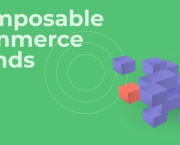

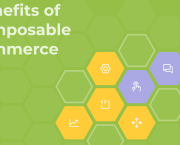
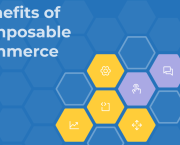
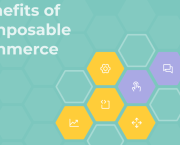
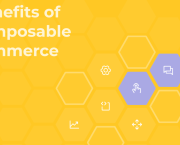














 You can support your favorite writers
You can support your favorite writers





